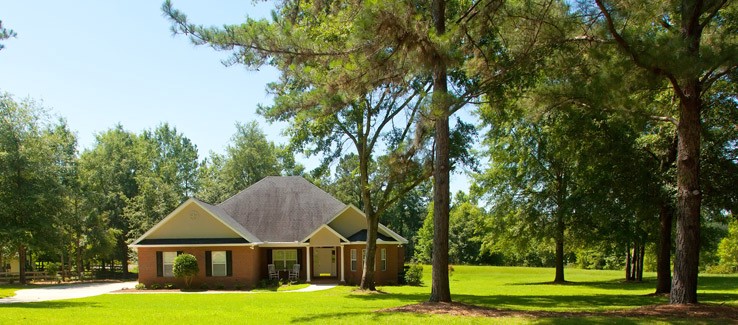



Author:pine tree pubData:2021/5/31 19:08:46
The Benefits of Using Pine Trees in Urban Greening
As the most widely distributed and diverse type of tree in northern regions, it’s no surprise that pine trees are commonly used in urban greening. Pine trees are easy to plant, grow, and care for, and they also serve as a commercial source of timber. Pines are widely used in furniture making, construction, and land management.
In well-nourished and adequately watered conditions, some pine trees can grow 2-3 feet per year. Additionally, all pine trees are evergreens, making them an ideal choice for greenery in northern regions.
Planting Requirements for Pine Trees
Pine trees are sensitive to shade and drought, so proper nutrition is crucial when planting them. Because mature pine trees have large canopies, it's essential to plan for sufficient spacing. Planting too close to fences or utility poles can lead to unforeseen economic losses.
Daily Care for Pine Trees
Under normal conditions, pine trees can grow well independently as long as the environment isn’t extremely harsh. However, the following can help improve their survival rate and greenery effect:
Under normal conditions, keeping the surrounding soil moist will provide optimal growth and health.
Common Issues
Why Is the Pine Tree Drying from the Top Down?
First, check if pests or diseases are causing the drying. If not, verify whether it has become overly dry suddenly. Assess the pine tree's condition and apply targeted treatment as needed.
Common Pests and Diseases of Pine Trees
While caring for pine trees is relatively simple, some common pests and diseases require attention. Some pests that feed on and thrive in pine trees include:
Some diseases that affect the appearance and health of pine trees include:
In any case, if an infection or disease is suspected or confirmed, fungicides and insecticides can be used to halt its progress. Professional tree services can be helpful in managing these issues. In certain situations, the only way to protect the rest of the ecosystem may be to remove the tree before the problem spreads.
How Do You Prune Pine Trees?
Generally, you don’t. Shaping, thinning, and aggressive pruning can cause irreversible damage to pine trees. Occasionally, abnormalities, disease, or storm damage may require pruning. In such cases, thinning or cleaning the crown might be necessary. Always consult an arborist or tree care professional to assess the situation and apply the correct treatment.
Improper pruning, cutting, thinning, or shaping of pine trees can make them more susceptible to fungi and infestation. Under suitable conditions (moist, fertile soil and sunlight), adding pine trees to your landscape can greatly improve your ecosystem. They grow quickly, give off a pleasant fragrance, and attract various wildlife.
Among the members of your yard’s ecosystem, pine trees may require the least attention and care. When planting, ensure they are not located within 15-20 feet of any structure, sidewalk, or driveway to prevent damage, cracking, or bending of concrete.
Additionally, once you have a healthy pine tree growing in your yard, you’ll have a permanent outdoor Christmas tree to decorate for the holidays (at least for a few years).
